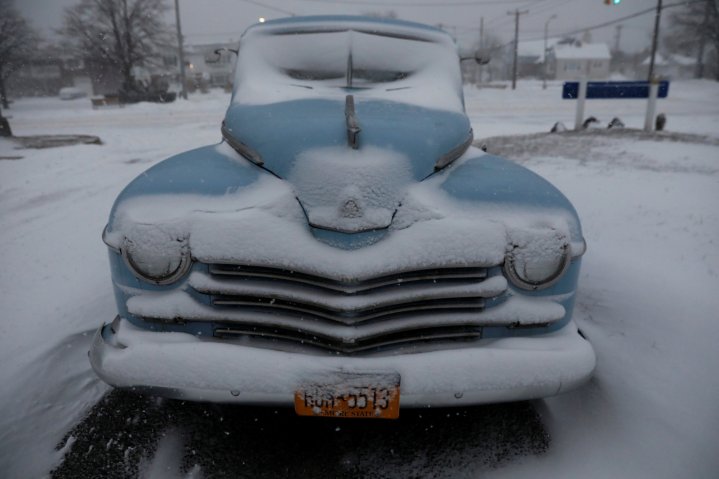
Singapore has witnessed extreme hot temperatures in the past two months when New York city on the other side of the globe is witnessing the heaviest snowfall in the last 130 years for the past couple of weeks with an incredible fall rate of 4 to 5 inches per hour, prompting the governors of both New York and New Jersey to declare states of emergency, indicating the weather-driven disruption.
Due to heavy snowfall, three major airports in the NYC region, JFK, LaGuardia and Newark Liberty international airports are all shut down, and as of now, more than 400 flights have been canceled. More than 165 school districts announced closure on Thursday, but the Mayor has announced that New York City schools will be open.
In New York state, Patchogue on Long Island has witnessed the most snowfall with a fall rate over 20 inches. Queens Village saw the most snowfall in New York city with 14.5 inches recorded on Thursday morning.
It should be noted that the only other time it snowed heavily for such a long period was way back in the 1869-1870 season.
The last five years of winter in New York is notable for various other reasons too. The largest snowstorm in the history of New York City happened in 2016 with a measurement of 27.5 inches. The same season also featured the one and only subzero temperature since 1994.
As New York is shivering, Singapore is sweating due to increasing temperature. According to Meteorological Service Singapore (MSS), last December and January experienced the highest rate of increase in extreme temperature since 1984.
December and January are traditionally cooler months in Singapore, but this year marked an increase in the number of warm days and decrease in the number of cool days.
According to the MSS report, the average mean temperature between 1984 and 2017 increased by .19 degree Celsius per decade. It should be also noted that the highest daily maximum temperatures increased by .35 degree Celsius in the same time period.
Apart from the warm weather, December and January also marked an increase in rainfall when compared to previous years.
"These trends indicate that the gap in extreme warm temperatures between the cooler and warmer months of the year is narrowing," said MSS in their report.
The authority also emphasized on the need of studying these extreme weather changes.









